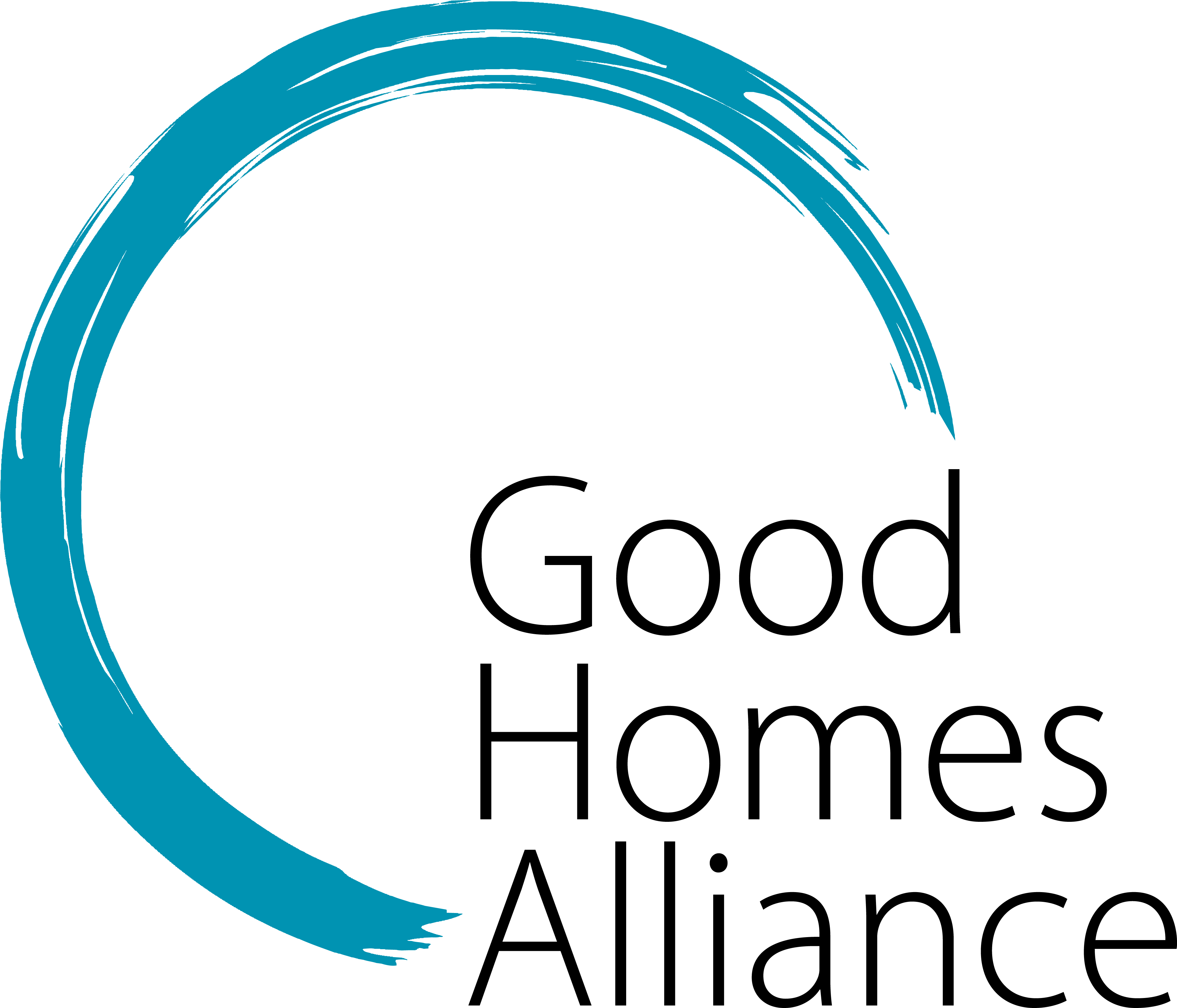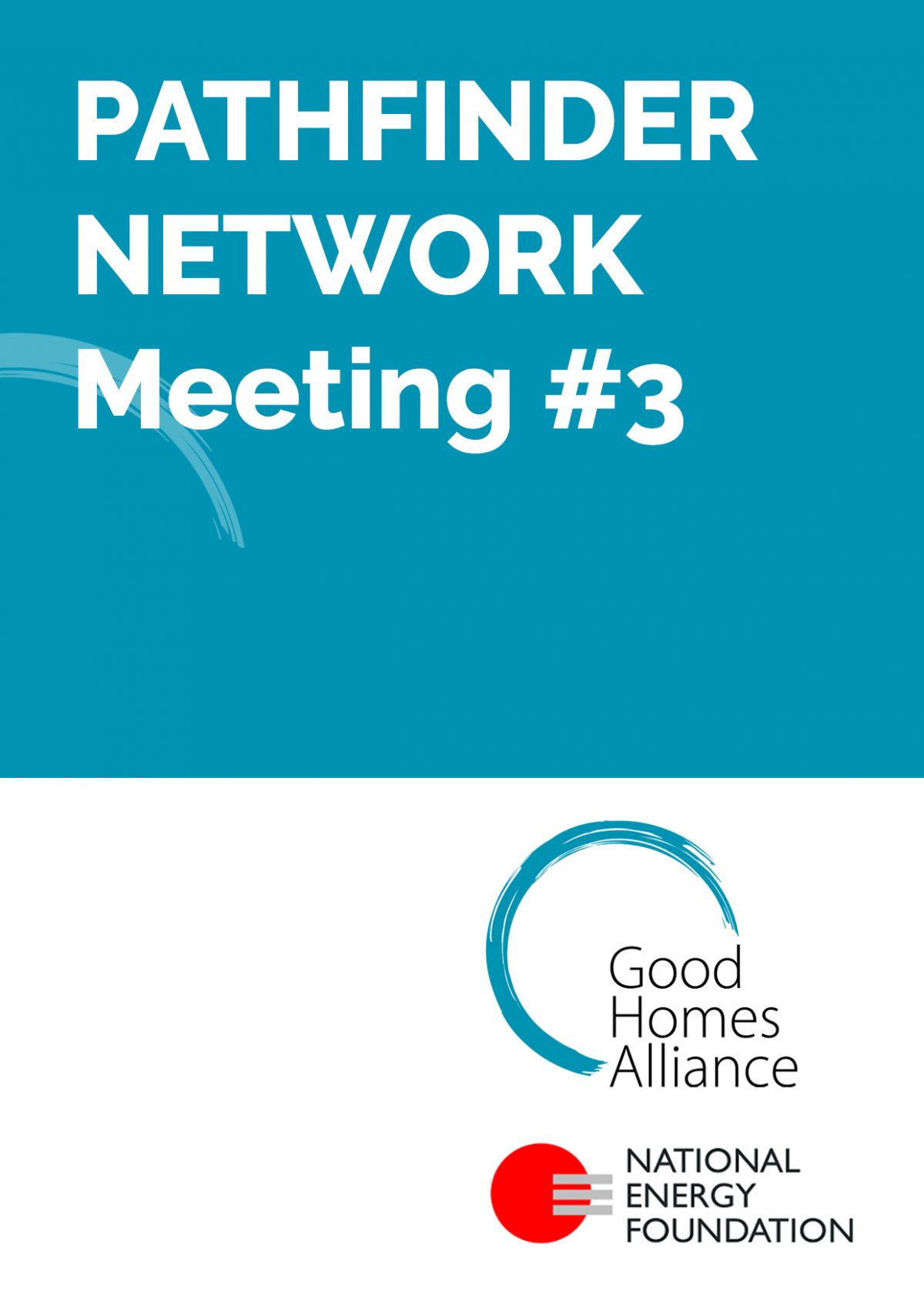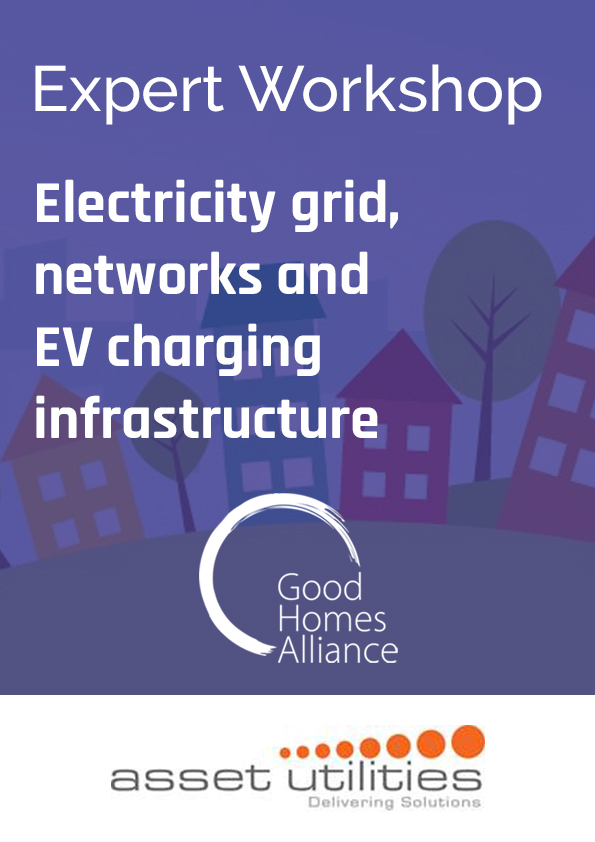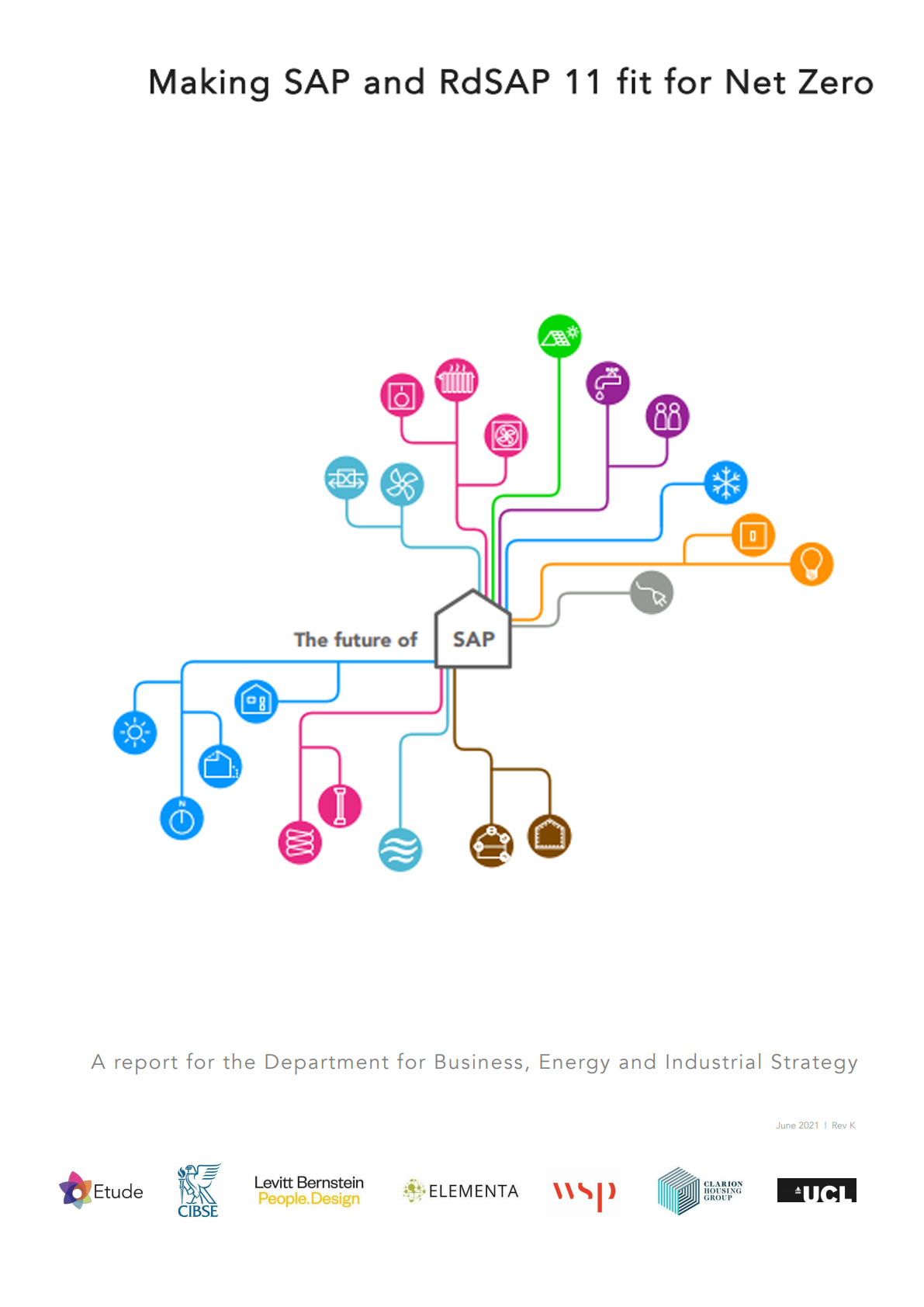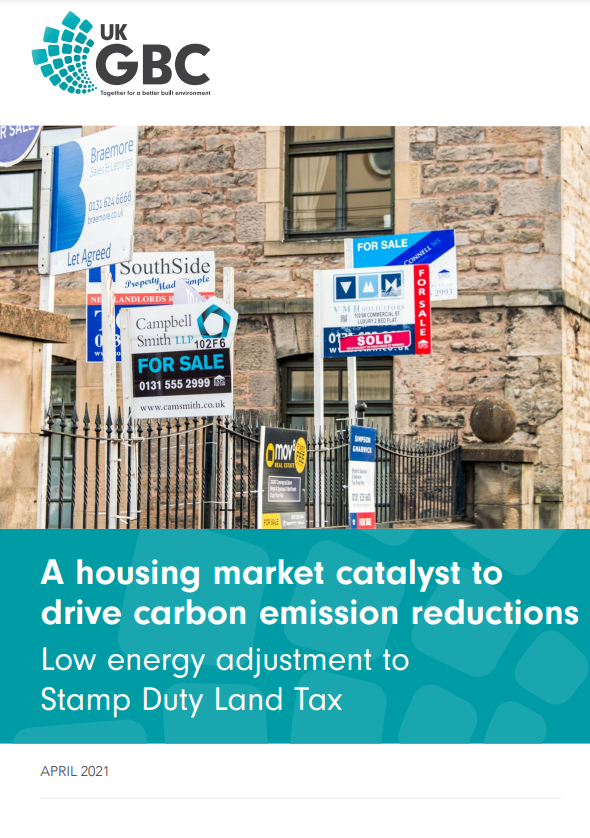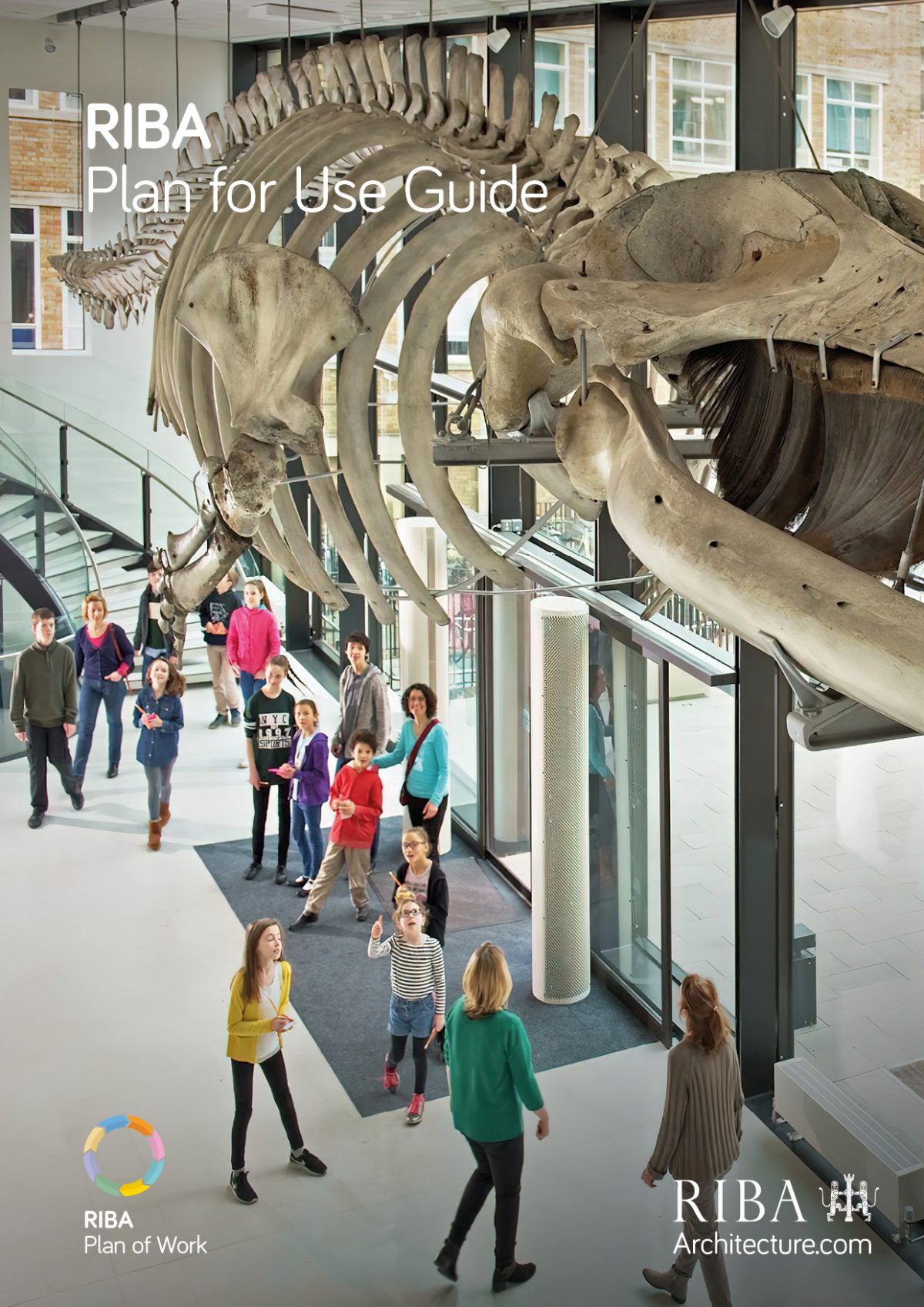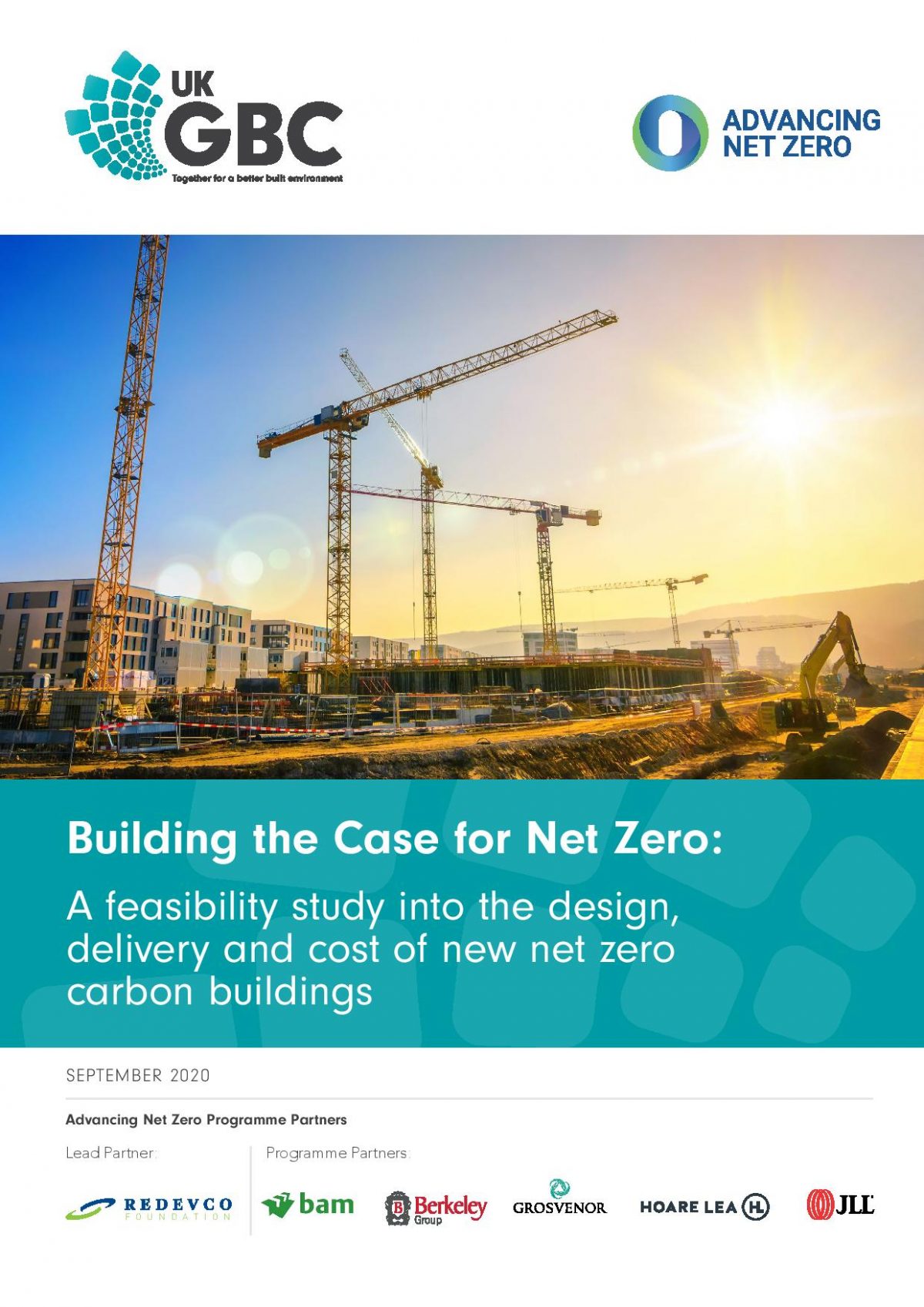Summary
Wondrwall’s net-zero home solution aims to decarbonise houses to make sustainable, net zero homes and change the way that people use their energy.
Wondrwall and Keepmoat partnered to deliver a trial of the Connell Gardens Development as part of Manchester City Council’s regeneration plan for the Gorton area.
5 three-bedroom homes were built with improved fabric and incorporating the Wondrwall solutions with dual-aspect PV solar, hybrid inverter & battery storage, and home automation.
Gas based heating and hot water were specified to minimise risk to the tenants should there be a performance gap, however, the case study indicated that AI-powered, all-electric, net-zero homes using Wondrwall technology are achievable with minimal incremental build cost and low energy bills for the occupier.
Key information
- Project team: Manchester City Council and Keepmoat
- Location: West Gorton, Manchester
- Project type: New build
- Number of homes: 5
- Sector: Affordable housing
- Key dates: Completed February 2020
Key facts/highlights
- Dual aspect solar PV, with hybrid inverter and battery
- Light switches monitoring temperature, humidity, power, motion, luminosity and sound
- Network of 100+ sensors to monitor habitual patterns
- Plotting the optimal running of the home using machine learning and predictive modelling
- Maximisation of renewable and off-peak energy.
- Home automation, including lighting, heating, security, safety and entertainment
- Home automation, including lighting, heating, security, safety and entertainment
- Home automation controlled through Amazon Alexa and the Wondrwall app
Energy performance
- Energy Use Intensity (EUI) target- 2185 kWh/yr (31 kWh/m2/yr)
- Energy Use Intensity (EUI): 32 kWh/m²/yr, below LETI net zero definition
- EPC rating: A
- Annual PV generation target – 2148 kWh/yr
- Annual PV generation monitoring result – 2357 kWh/yr
- Improved wall insulation at 0.24 W/m2K from Keepmoat standard building typology of 0.28 W/m2K
- Annual energy cost reduction of £456 (88%)
Whole life carbon/resource efficiency
The homes have an annual carbon reduction of 884kg (based on typical Keepmoat homes in the development).
Materials and construction
The houses are a typical brick and block construction. The aim of the demonstrator project was to highlight the effectiveness of the Wondrwall system with significant reductions in carbon emissions and especially in the running costs for the tenants without having to make deep and costly changes to the design of the homes.
Access to green space and amenities
Each house has a private garden.
Quotes
Cllr Suzanne Richards, Executive Member for Housing and Regeneration at Manchester City Council
“To retrofit all our homes and ensure that our new build homes are going to be zero carbon by 2038. It means that we really have to start doing things right now. That’s why I’m really pleased to be at this development in West Gorton where they’re using smart technology to make the home low carbon and deal with some of the challenges that we’re going to be facing in the future so we can get homes down to zero carbon.”
Further information and images
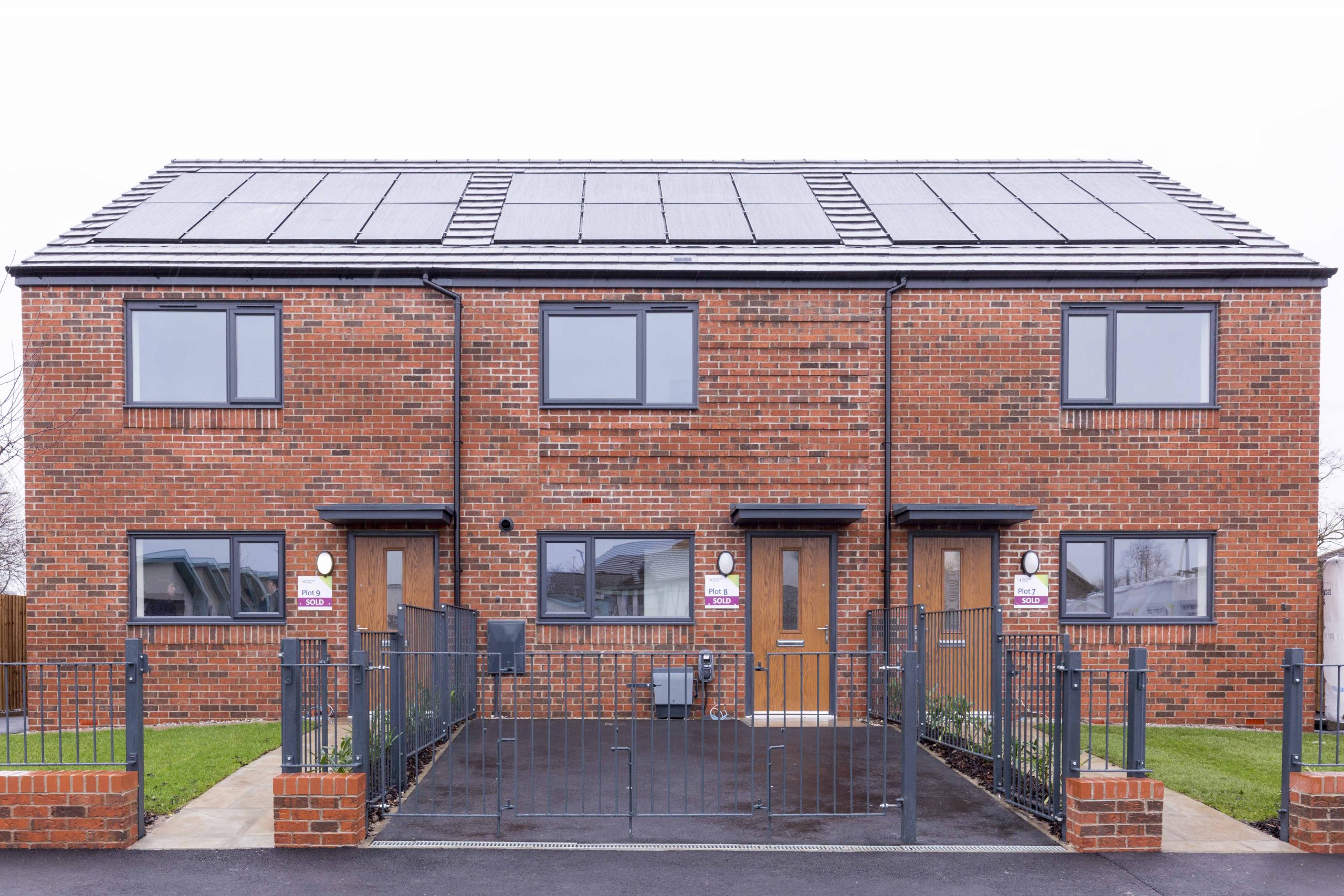

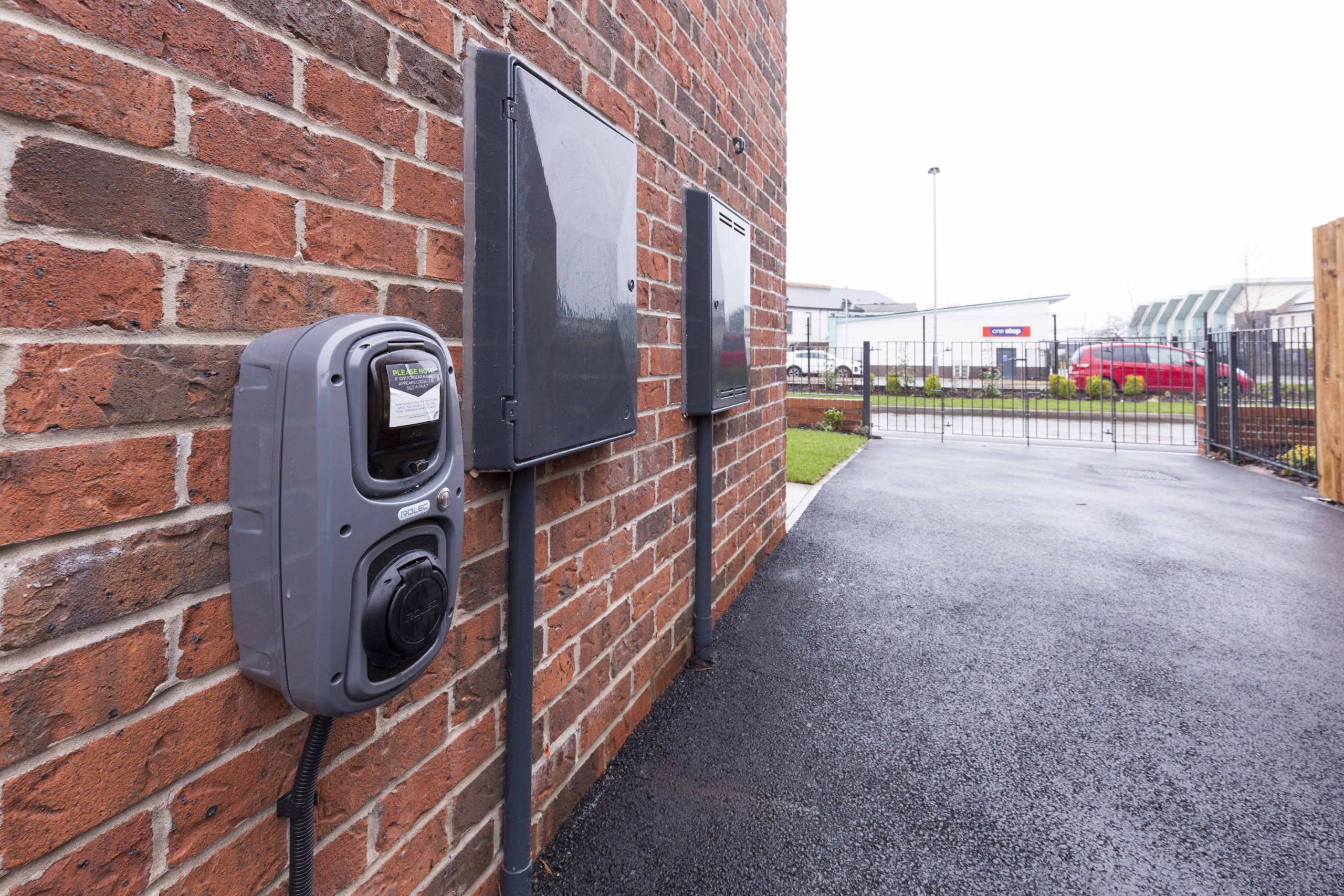

Case study kindly funded by MCS Charitable Foundation

